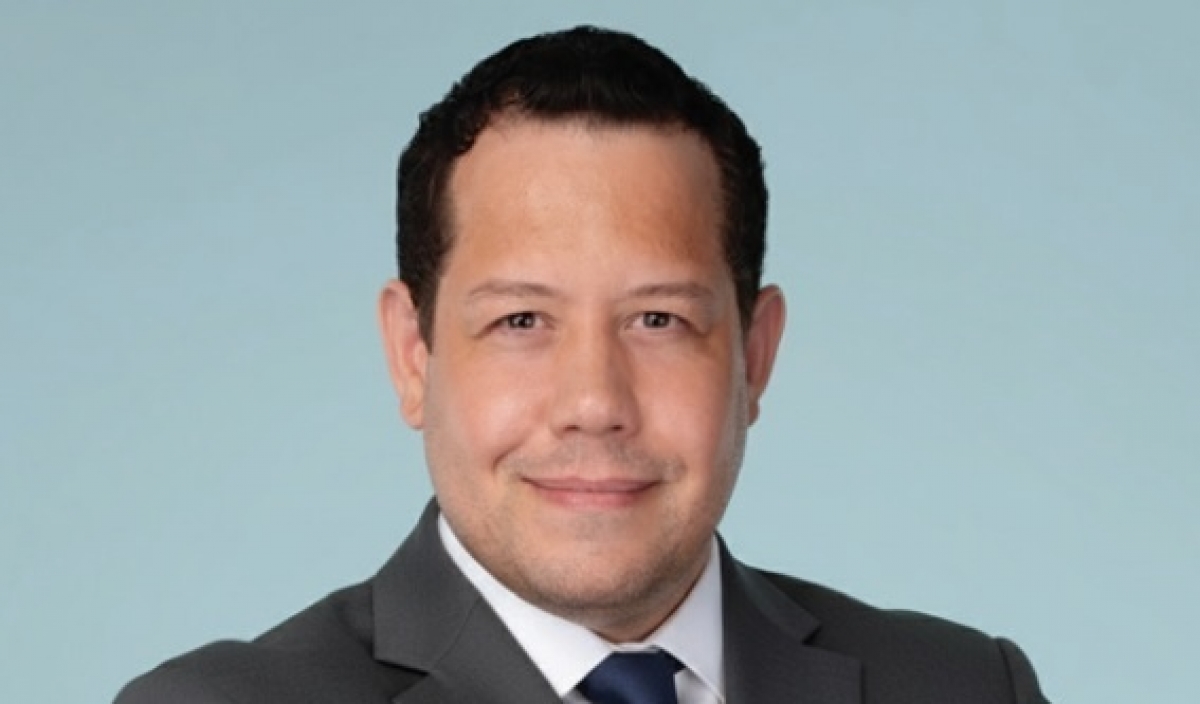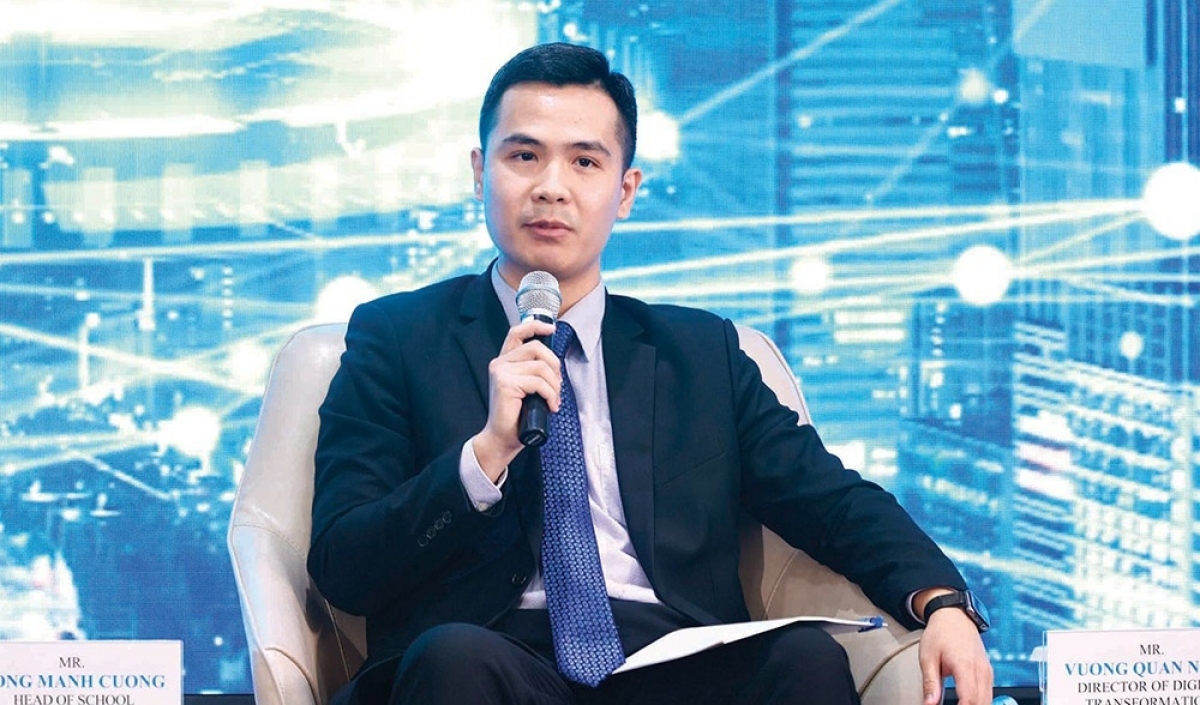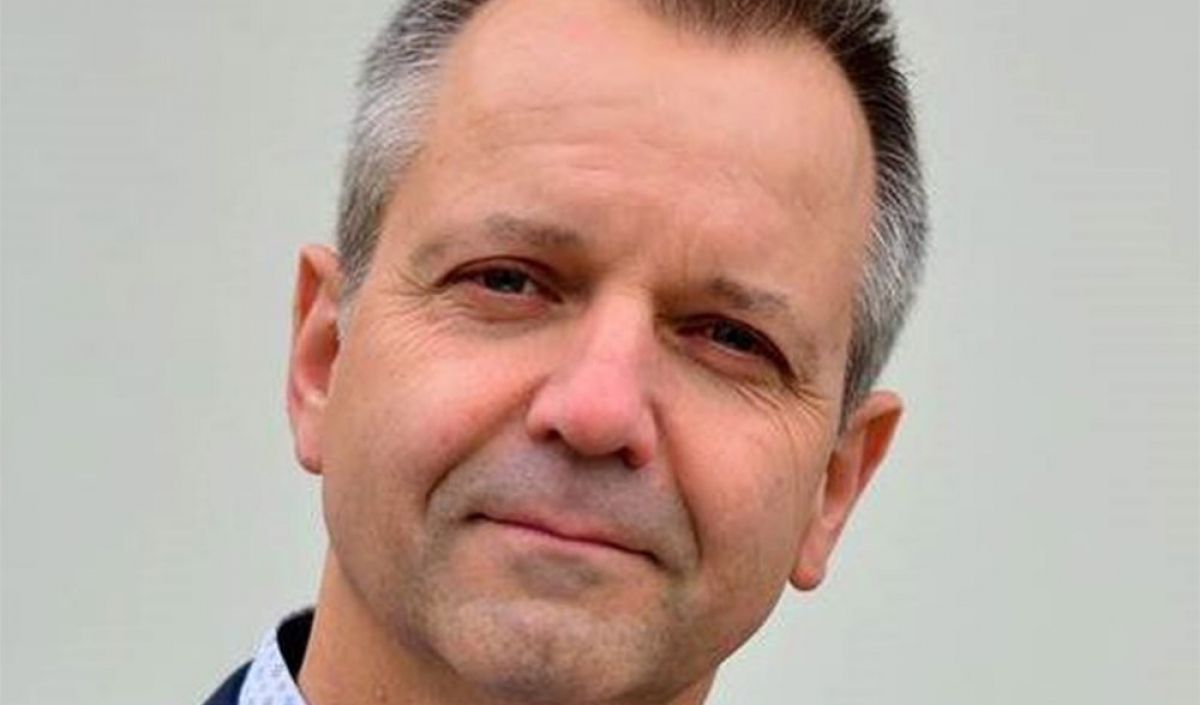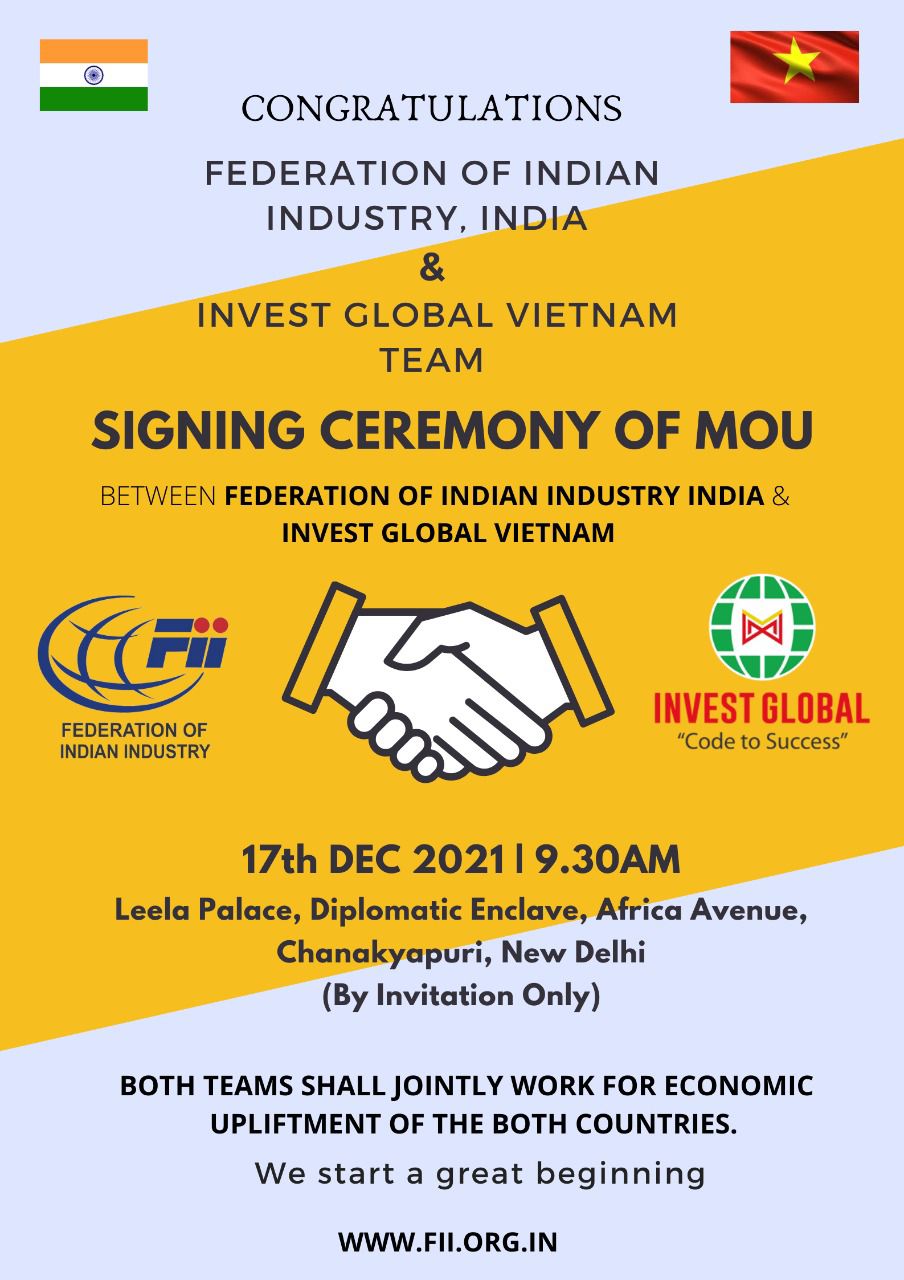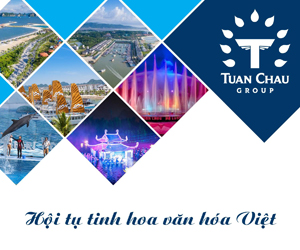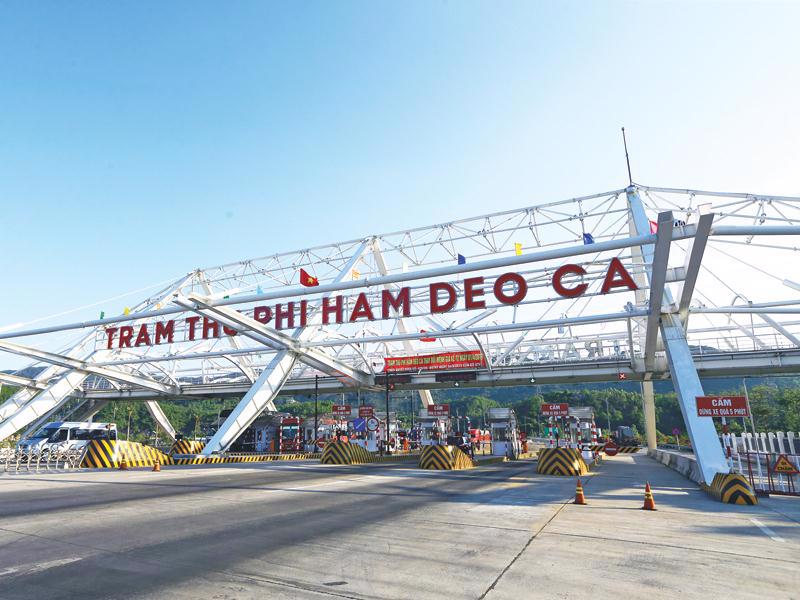INTERNATIONAL INVESTMENT
AND PORTAL
What is the strategic significance of banks which invest in establishing insurance companies, especially amid the ongoing restructuring of the financial and insurance markets?
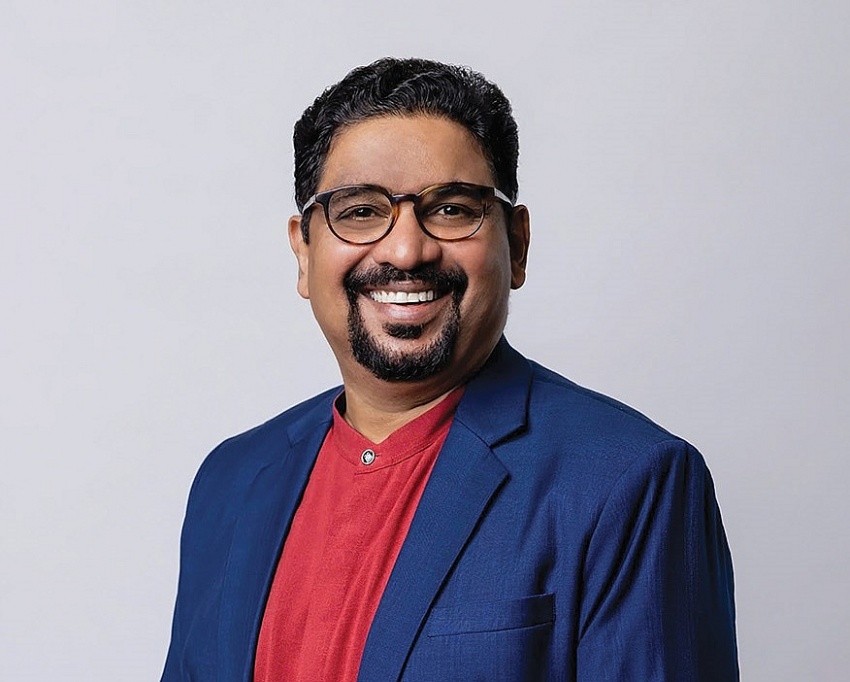 Sasitharan Krishnan, chief distribution officer at Igloo
Sasitharan Krishnan, chief distribution officer at Igloo
The strategic intent can be two-fold: to generate fee-based income for the bank and to capture underwriting profits within the broader financial group.
Vertical integration models like that have been implemented across ASEAN markets. While the approach can unlock synergies and internal revenue streams, it also presents challenges. Key among them are expanding distribution beyond the bank’s own ecosystem, mitigating channel conflict, and establishing independent agency or digital channels.
Additionally, maintaining an arm’s-length relationship between the bank and the insurance entity can be difficult when shareholder interests create undue influence on operational decisions.
I believe studying these models offers valuable lessons on how bancassurance can evolve in both structure and strategy to remain sustainable in today’s competitive landscape. In Vietnam, these changes are just beginning. The regulatory environment is evolving, likely driven by issues such as false selling and consumer protection concerns with third-party insurance products sold by non-bank finance companies. This has led to stricter controls on distribution and agents.
From an investment perspective, banks want to own insurance businesses because insurance is recession-proof. People always need protection for their health, property, and family, especially in tough times. So while commercial insurance can fluctuate, retail insurance steadily grows.
Plenty of domestic and international insurance companies operate in Vietnam, and now banks want to have their own insurance companies. Is it too competitive?
Actually, many major Vietnamese banks already have non-life insurance companies, they may not be active in life insurance yet, but they’ve established a presence.
Is it too late for bank to enter the life insurance space? Strategically, no. Foreign life insurers thrive mainly because of strong bancassurance deals with major banks. If banks start building their own life insurance arms, these foreign players could lose access to their key distribution channels, their golden goose, and may scale back.
It all comes down to positioning. Insurance is not just about manufacturing policies or managing assets, but it’s about distribution. You can have the best products, the best prices, and be highly capitalised, but without strong distribution, you’re irrelevant. That’s the key logic here.
Vietnam’s financial sector has typically followed global trends rather than led them, but that doesn’t mean it’s behind. In banking.insurance processes, it isn’t lagging.
What are the key challenges when a bank shifts from being a distribution partner to becoming a primary insurance provider?
Every investment comes with risk. First of all, try not to do something assuming it’s easy. Banks tend to think that if they can distribute, they can also be the manufacturer. Manufacturing has a different type of risk. The second risk comes from macro or microeconomics, which is standard for every insurance company, regardless of ownership.
The key risk is complacency. The insurer becomes too comfortable because distribution comes from the bank’s ready customers. They become stagnant and stop innovating. Unless the bank pushes the insurer to innovate, innovation won’t happen.
This is markedly different for a company like Igloo; as a tech enabler and distributor, we have to innovate and evolve and to keep expanding our reach.
Additionally, the board of the insurer must be independent and report properly to manage potential risks. For example, in Thailand, the board of directors is personally responsible if something goes wrong, like if the bank takes excessive commissions or interferes too much. If there’s an audit, the board members can be held accountable.
If Vietnamese regulations require the insurer’s board to be independent, it might look like this: some non-independent directors, maybe three, such as the chairman, a person from the bank’s distribution team, and one more. But the majority must be independent directors.
What do you think of the insurance landscape in Vietnam and the potential of the country in this area?
Regarding Vietnam’s insurance future, I see huge potential. The market is growing significantly, so insurance will naturally grow in tandem. That’s why everyone is excited about Vietnam.
Igloo talks to banks and insurers, telling them that with compliance and regulation coming, we already have a ready tech stack for plug-and-play. You just configure the products you want to distribute, choose the channel, and we help set it up.
All customer journeys and experience stay within the bank. Giving insurers more data risks potential abuse. This is why data protection is key.
I see opportunity when we have more insurance companies by banks. When you bring banks and insurance together under common ownership, what we enable is distribution and customer data management. For Insurtech, I don’t see this as a challenge, but more an opportunity.
